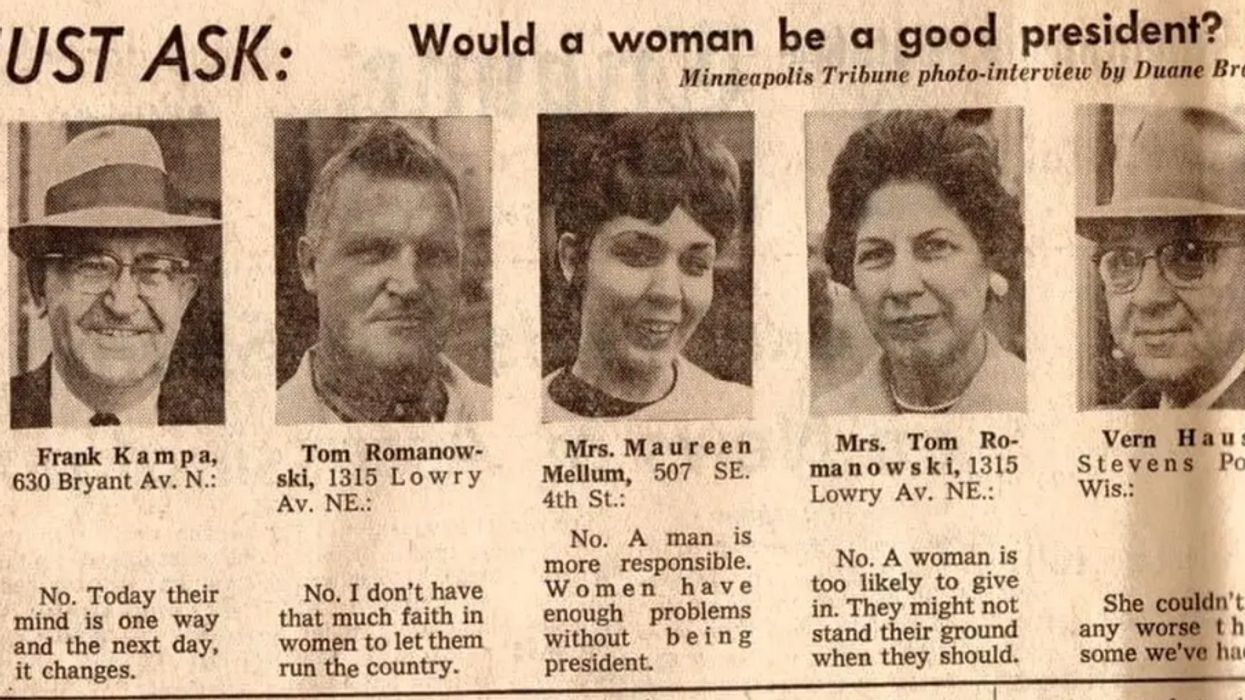What you eat when you're seven makes a difference when you're 27; people who eat healthier food growing up are more likely to lead healthier lives later. Many of us don't learn to cook until we're teenagers—when many eating habits have already been ingrained. How can cooking be taught in a way that's fun for younger children? Designers working with the Netherlands Nutrition Center created two real-world games to help: Supershopper, to teach kids how to shop for healthy food, and Superchefs, to teach kids basic cooking skills for healthy meals.
As they started to work on the games, the designers looked at research on why kids tend to eat unhealthy food. If they're given a choice, kids won't eat fruits and vegetables, or any foods they're unfamiliar with. They tend to associate healthy food with their parents, and unhealthy food with their friends, socializing, and having fun. Making healthier food seem more fun (and making every recipe healthy, rather than giving kids a choice to eat unhealthy food) became a key part of the project.
The cooking game included five tools specially adapted for children—a knife, peeler, masher, rasp, and scale. Each tool was redesigned to be easier for kids to hold, and contains sensors so it can actually tell when something is being used incorrectly; if a child pushes too hard with the knife, for example, he or she can get feedback. Two stuffed characters—a cartoon pear and mandarin—give the children tips as they cook, and help them through the recipe. Cartoon recipe cards also guide through the steps of the recipe, and the designers created a special cooking station that can hold the cards and reveal them one by one.
As the designers tested the game at an after-school program for children age 7 to 11, they learned that most of the kids never cooked. All, however, wanted to cook more after trying the game, and some said they wanted to teach their parents the recipes they'd just learned.
The Netherlands Nutrition Center also created Supershopper, a game that teaches students facts about nutrition, and then takes them on a "treasure hunt" at a grocery store to show off their new skills in choosing healthy food.
Both games focus on learning by doing, rather than learning nutrition from a book, so it's much more likely that the ideas will stick. These are good ideas for other communities to steal.
This month, we're challenging the GOOD community to host a dinner party and cook a meal that contains fewer ingredients than the number of people on the guest list. Throughout March, we'll share ideas and resources for being more conscious about our food and food systems. Join the conversation at good.is/food and on Twitter at #chewonit.
Original image courtesy of Manon Spermon















 Otis knew before they did.
Otis knew before they did.
Professor shares how many years a friendship must last before it'll become lifelong